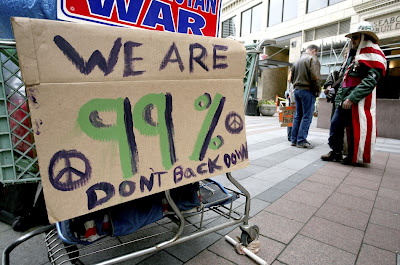As I was enjoying my pumpkin pie on Thanksgiving Day at a family friends house in Porter Ranch, little did I know that less than a mile away a “competitive shopper” had crossed the line. The incident took place at the Walmart in Porter Ranch and by the time I reached home, watching the news I learned that some twenty people had to be treated for minor skin and eye irritations.
The next day several YouTube clips and news reports were released about the incident. The clips looked pretty ridiculous and I was shocked to see people behaving so uncivilized. It made me wonder how and why a shopper would resort to such measures.
Apparently a Latina woman, described to be in her mid 30’s, had used pepper spray in order to beat other shoppers to reach Xbox consoles and Wii Games. Really? She was not arrested or identified at the time of the incident. She was able to get away with her much coveted purchases. Is this what we all have to watch out for if we intend on shopping on black Friday?
This trend is not something new. Last year a Walmart employee was trampled to death by black Friday shoppers. Honestly I find this type of behavior pretty disgusting and customers should be mortified of their behavior. No matter what the deal or discounts are, a person’s wellbeing or life should not be in danger or subject to violence. Even the downturn of the economy could not justify this type of behavior.
I hope that these incidents do not repeat in the following years. Walmart and other companies should create a system similar to the Apple stores when the new iPhone came out, where consumers were given a numbered ticket for a specific product. Although there are no guarantees, this system would hopefully decrease the chance of violence and bring some order to the chaotic black Friday experience.














